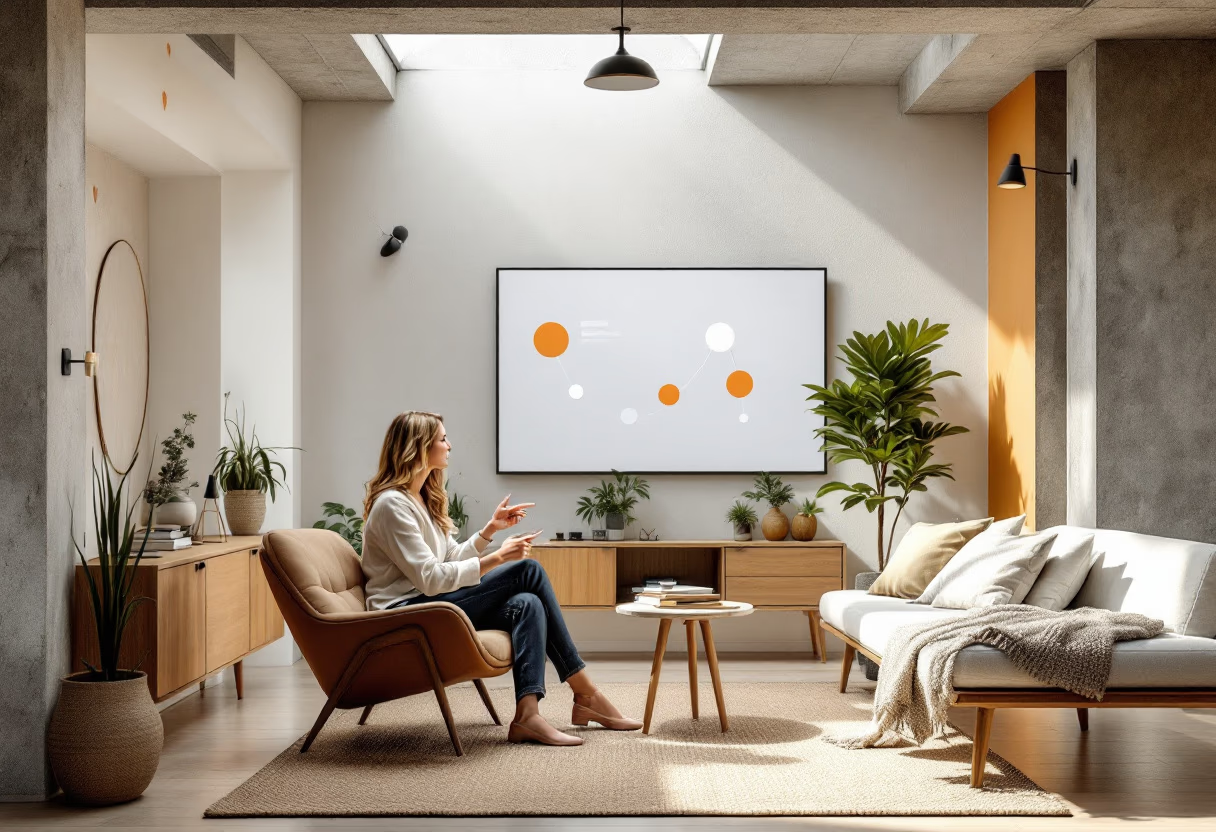
Every 11 seconds, an older adult is treated in the emergency room for a fall-related injury, according to the CDC.1 Residential fires kill more than 2,600 people annually in the U.S. alone.2 And in countless cases of medical distress, such as heart attacks, strokes, seizures, the difference between life and death is measured not in minutes, but seconds.
The unfortunate reality is this: traditional smart home solutions are reactive, fragmented, and often incapable of responding in real time. Devices may detect motion or smoke, but they rarely, understand the full context,who is in danger, where they are, and what action needs to be taken.
At Arqaios, we’re building the future where smart homes aren't just connected, they’re aware, adaptive, and life-saving.
Arqaios transforms ordinary fixtures, outlets, switches, vents, into intelligent safety nodes. Each fixture is equipped with sensors and an embedded AI processor to continuously monitor and respond to environmental, behavioral, and biometric signals.
When an abnormal event is detected, the system automatically:
A 72-year-old man collapses in his bedroom from a cardiac event. He’s alone and unconscious. Traditional systems require a panic button, but he can’t reach it.
Arqaios detects stillness and shallow breathing via radar and acoustic sensing. His profile indicates cardiac risk. An emergency communication session is initiated. Doors unlock. Lights guide EMS responders. His exact room and vitals are relayed; all within 15 seconds.
No panic button. No waiting. Just help on the way.
Unlike invasive camera systems, Arqaios relies on non-visual data—thermal patterns, radar, sound—ensuring privacy across all rooms.
According to The Washington Post, many smart speakers and cameras record conversations unintentionally.3 Arqaios avoids this risk entirely, offering an ethical and effective alternative.
By 2030, more than 20% of Americans will be over 65.4 Many will live independently or in assisted care environments that lack active monitoring.
Arqaios supports them by:
The next generation of smart homes isn’t just about turning off lights or saving energy. It’s about **saving lives**. With Arqaios, your infrastructure becomes an invisible caregiver—present, proactive, and private.
Safety isn’t a feature. It’s a foundation.
Arqaios makes it real—room by room.